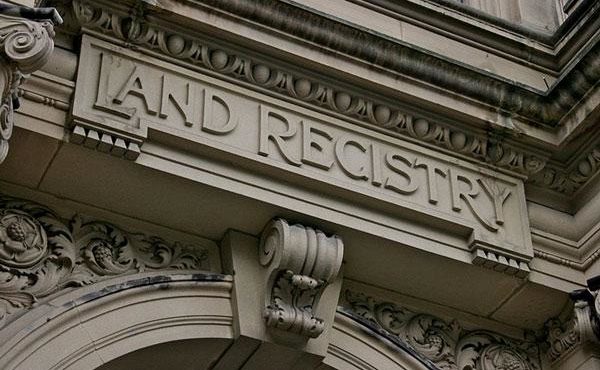Land Registry will accept witnessed electronic signatures after it published new practice guidance for conveyancers on how to use electronic signatures after seeking feedback from across the sector.
The new guidance on the use of electronic signatures will enable the providers of electronic signatures to develop new affordable and accessible tools for conveyancers to use.
Simon Hayes, chief executive and chief land registrar, said: “What we have done today is remove the last strict requirement to print and sign a paper document in a home buying or other property transaction.

ULS signs three-year partnership deal with Openwork
“This should help right now while lots of us are working at home, but it is also a keystone of a truly digital, secure and more efficient conveyancing process that we believe is well within reach.
“The more sophisticated qualified electronic signatures are a part of that vision and encouraging those is where our attention will be directed next.
“I’d like to thank everyone who responded to our consultation on the guidance. This has helped to ensure this new witnessed electronic signature process works for everyone.”
Adam Forshaw, managing director of O’Neill Patient, said: “This is a significant step forward for homebuyers, as it means that in principle the entire homebuying journey can now be conducted electronically.
“Even before the advent of COVID-19 and social distancing, there was significant demand for a more tech-driven process. But one of the biggest problems facing the property sector in lockdown was the ongoing requirement for ‘wet-ink’ signatures.
“The Land Registry is to be commended for moving quickly from consultation to new guidance. We look forward to working with them on their additional proposals to accept ‘qualified electronic signatures’, which will further improve security and remove the need for a witness altogether.”

